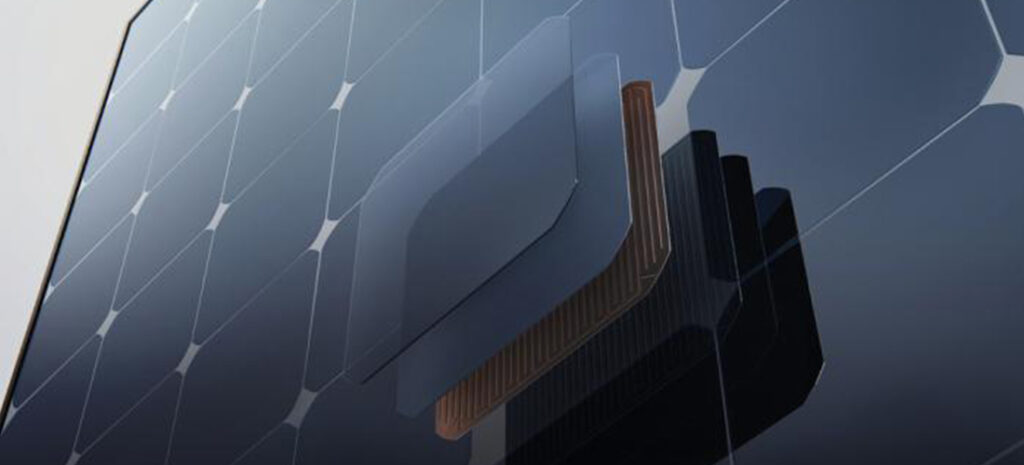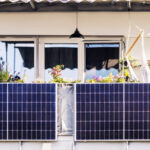Nowadays, solar power as a clean energy source is of great interest to everyone, and many individual users and commercial and industrial users are interested in PV. PV modules are the core of the entire PV system, and today Maysun takes you through the core eight materials used to make a solar panel.
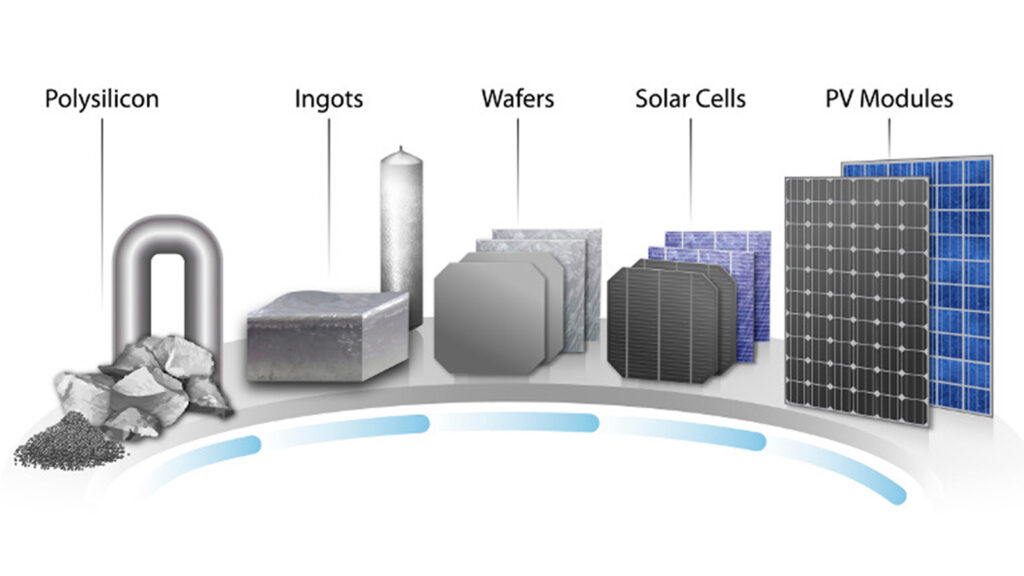
What are photovoltaic materials?
Photovoltaic materials [solar cell materials], also known as solar cell materials, are materials that can directly convert solar energy into electrical energy. Photovoltaic materials can produce electric current because of the photovoltaic effect, that is, if light shines on the solar cell and the light is absorbed at the interface layer.
Photovoltaic materials that can be used as solar cell materials include monocrystalline silicon, polycrystalline silicon, amorphous silicon, GaAs, GaAlAs, InP, CdS, CdTe and so on. Monocrystalline silicon, GaAs and InP are used in space; monocrystalline silicon, polycrystalline silicon and amorphous silicon have been mass-produced for ground; others are still in the development stage. Currently committed to reducing material costs and improving conversion efficiency, so that solar cells can compete with other power generation prices, thus creating the conditions for wider and larger scale applications.
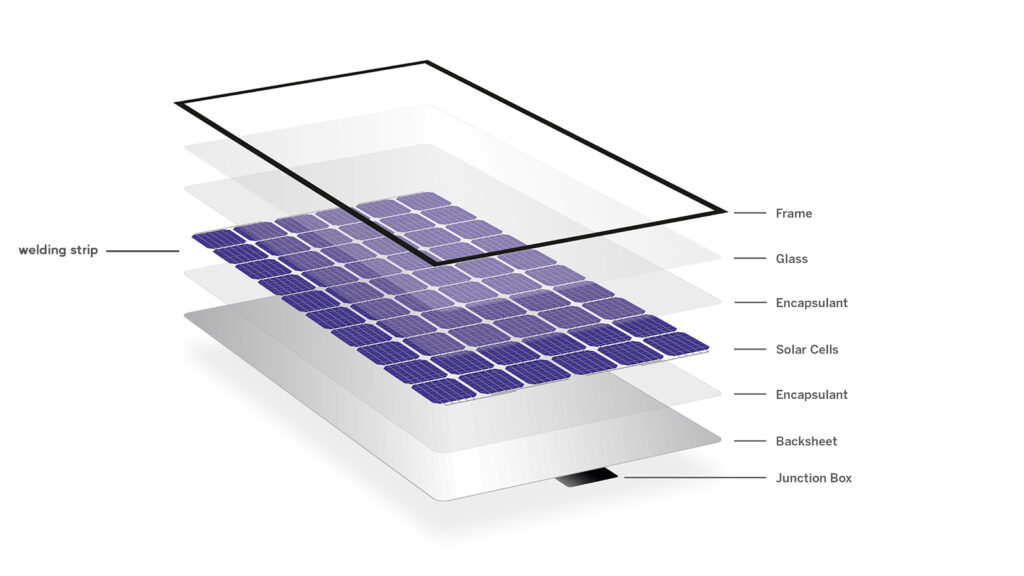
What are the materials used in photovoltaic modules?
While the materials that make up a PV power system vary, all modules include several layers of material from the lightward side to the backward side. Sunlight first passes through the protective layer (usually glass) and then through the transparent contact layer to the inside of the cell. At the center of the module is the adsorption material, a layer that absorbs photons to complete the “photogenerated current”. The semiconductor materials used in the module depend on the specific PV system requirements.
1. Aluminum alloy frame
First, to protect the glass edge; second, aluminum alloy combined with silicone beating edge to strengthen the sealing performance of the components; third, greatly improve the overall mechanical strength of the components; fourth, to facilitate the installation of the components, transportation; fourth, bearing components and bracket link carrier, through the fixed can achieve the best resistance to load capacity, from the unit fixed to integrated, to enhance the mechanical capacity of the power station system.
2.Silicone
It is used to bond and seal the laminated glass PV modules, bond the junction box and backsheet, and enhance the role of UV resistance of PV modules.
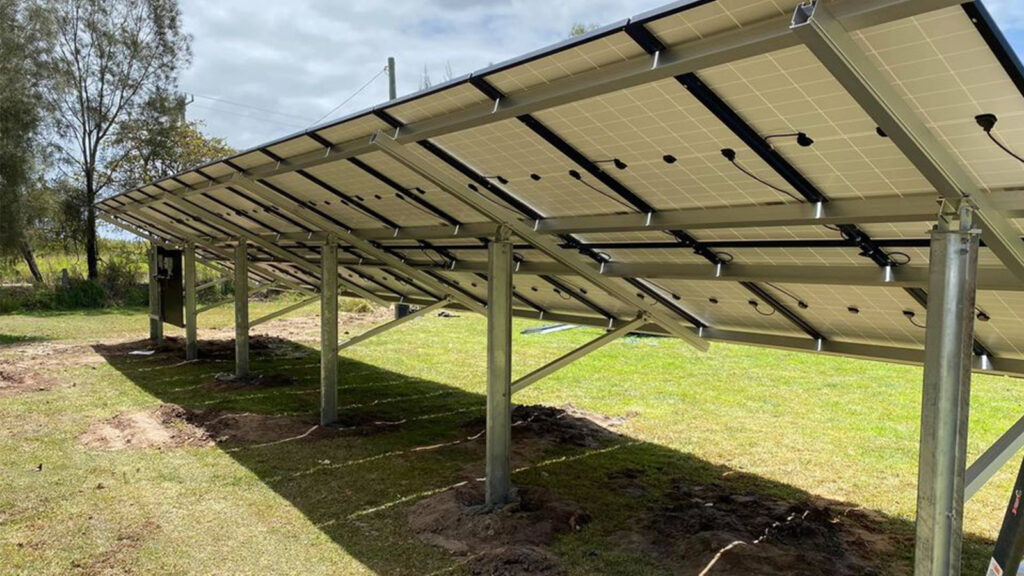
3.Tempered glass
Low iron tempered glass (also known as white glass), in the wavelength range of the solar cell spectral response (320-1100nm) transmittance of more than 93%, for infrared light greater than 1200 nm has a high reflectivity. This glass can also be resistant to solar UV radiation, light transmission does not decline. The glass should be clean and free of water vapor, no bare hands touching the two surfaces of the glass, generally used to support the structure of photovoltaic modules, enhance the weight and load of photovoltaic modules, with light transmission, reflective light transmission, water, gas and corrosion resistance.
4.EVA encapsulation film
Copolymer of ethylene and vinyl acetate, is a hot melt adhesive. Used to encapsulate the cell, prevent the external environment on the electrical performance of the cell, enhance the light transmission of photovoltaic modules, the cell, tempered glass, backsheet bonding together, with a certain adhesive strength, while the electrical performance of the battery photovoltaic module output has a gain effect.
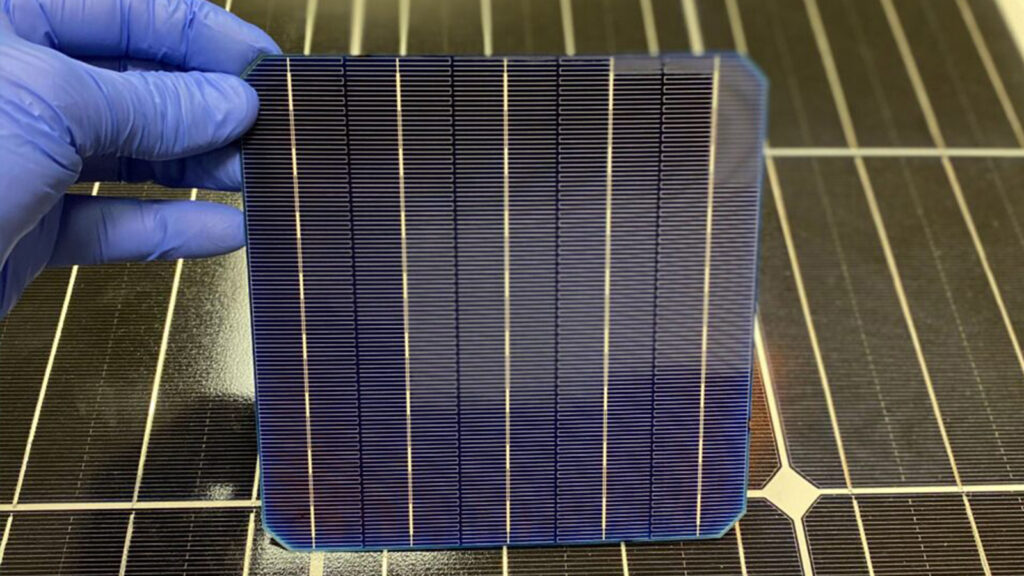
5. Photovoltaic welding tape
Also called tinned copper tape, mainly divided into interconnection strips and convergence strips. Interconnection strip is mainly used in the connection between the photovoltaic module cells, to conduct electricity and collect the role of the cell current; sink strip is mainly used in the connection between the battery string of the module, the solar cell current generated by the solar cell gathered in the junction box. You can click the button below to see the detailed explanation of PV welding tape.
6. Cell
A solar cell is a device that converts light energy directly into electrical energy. It is made of semiconductor material. Through the irradiation of sunlight, the electron-hole pairs are excited, and the electrostatic field in the potential barrier region of the P-N junction is used to achieve the separation of electron-hole pairs, and the separated electrons and holes are collected and output to the outside of the cell through the electrodes to form an electric current.
7. Backplane
It is used as a backside protective encapsulation material, the most common ones are TPX, KPX and PET, etc. It is used to enhance the aging resistance and corrosion resistance of PV modules, which prolongs the service life of PV modules; the white backside scatters the light incident to the interior of PV modules, which improves the light absorption efficiency of PV modules and reduces the working temperature of PV modules due to its high infrared emissivity; it also improves the insulation performance of PV modules. It also improves the insulation performance of the PV module.
8. Junction box
Installed in the photovoltaic module to play a role in the transmission of current, with good electrical performance at the same time, the design and size of the junction box must meet the requirements of the use of the environment, including: electrical, mechanical, heat, corrosion and weather resistance. At the same time can not bring harm to the user and the environment.
Solar energy is widely used as a green energy source, and countries are promoting photovoltaic power generation, which is becoming more and more widely used. Choose Maysun Solar because we have high quality solar panels to meet your needs, contact us and create a green future together!
You may also like:

Will Agrivoltaics Affect Crop Growth?
Agrivoltaics combines solar energy and agriculture to reduce up to 700 tons of CO₂ per MW, improve water use, and boost crop growth for sustainable farming.

6.5 Billion Loss Hits Photovoltaics: Reshaping or Elimination?
In 2025, the photovoltaic market may see a turnaround as some companies take early action. A €6.5 billion loss is driving businesses to explore new growth areas like energy storage and hydrogen. Which giants will break through? Industry transformation is accelerating!

What’s New in Solar Energy (March 2025)
March’s solar news highlights include rooftop solar meeting two-thirds of global demand, China’s market reforms potentially boosting solar demand and module prices, France revising solar targets in PPE 3, and challenges in Europe with declining capture rates and price volatility.
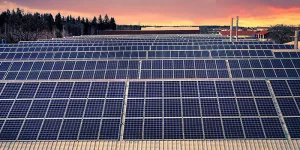
Zero-Investment Solar Projects: How to Earn Passive Income Through Rooftop Leasing?
Monetize your idle rooftop and earn stable annual rent! With the photovoltaic rooftop leasing model, businesses can generate long-term revenue without investment, reduce operating costs, and achieve a green transition.

How to Optimize Photovoltaic Power Plant Operations with AI and Big Data
This article explores three methods of using AI to enhance power generation revenue and reduce operation and maintenance costs in intelligent photovoltaic operations.

Solar Module Costs May Rise by 10% in 2026! In-Depth Analysis of CBAM’s Impact on the Industry
Table of Contents Introduction to CBAM 1. Why Did the EU Introduce CBAM? As the challenges posed by global climate change intensify, governments worldwide are accelerating their efforts to achieve carbon neutrality. The European Union, a leader in global carbon reduction initiatives, introduced

